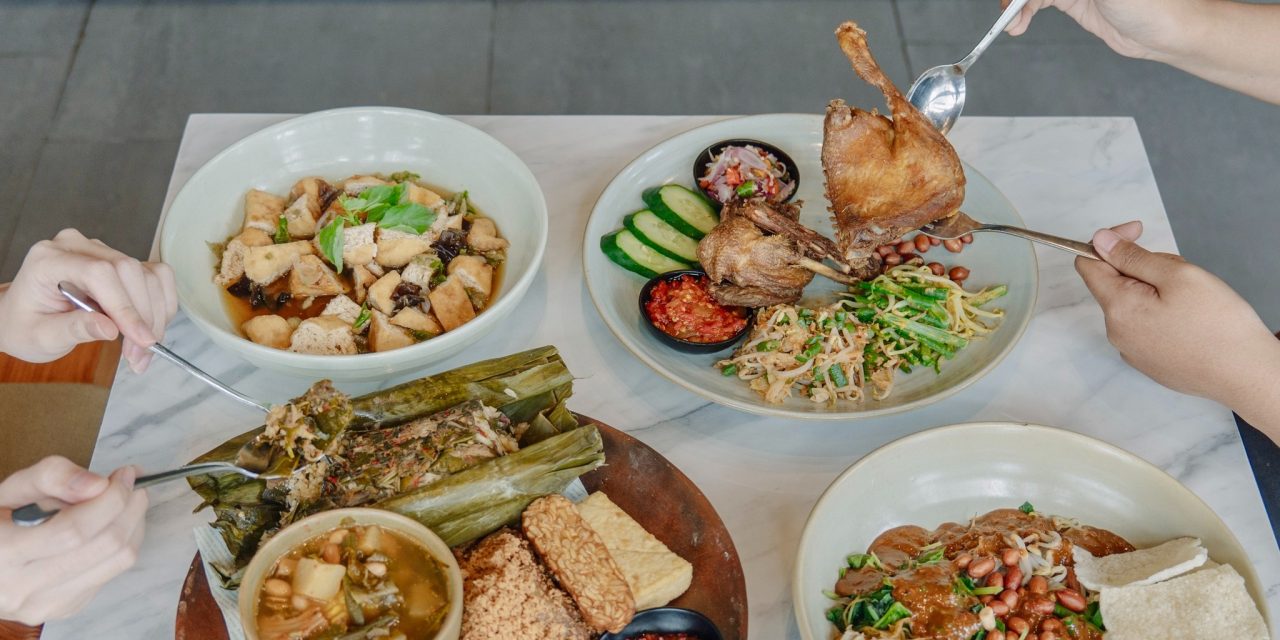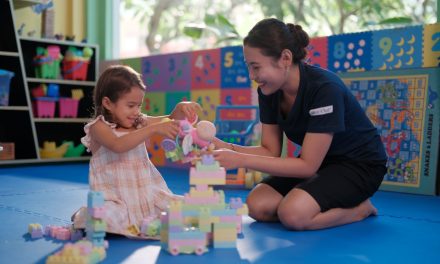When you think of Bali, what comes to mind? The pristine beaches, the vibrant landscapes, or maybe the delectable cuisine? For me, one of the most powerful experiences was witnessing the Kuta Traditional Dance—an integral part of the island’s cultural tapestry that goes beyond mere entertainment. It’s an immersive journey that connects you to the heart and soul of Bali.
A Dive Into Tradition
Kuta, located on the southern coast of Bali, is not just a tourist hotspot; it’s a hub of rich cultural practices. The Kuta Traditional Dance, known locally as “Tari Kuta,” is more than just a performance; it’s a visual storytelling medium that narrates the legends, lives, and beliefs of the Balinese people.
During my visit, I stumbled upon an evening performance at a local temple. The songs, the intricate movements, and the costumes adorned with gold and vibrant colors transported me to another time. The dance is often accompanied by live traditional music, creating a rhythm that resonates with your very core.
The Heart of Kuta’s Spirit
What struck me most about the Kuta Traditional Dance was its cultural significance. This dance form serves various purposes—ritualistic, celebratory, and educational. It’s performed during ceremonies to honor deities, and it also embodies the essence of storytelling in Balinese culture. For instance, I learned that many dances portray tales from the “Ramayana” and “Mahabharata,” ancient epics that have guided the moral and ethical framework of the community for generations.
Imagine sitting in that dimly lit temple courtyard, surrounded by locals and tourists alike, while the performers, dressed in intricately crafted costumes, enact a tale of love, betrayal, and heroism. It’s a communal experience that fosters a sense of belonging, connecting not just the audience but also the performers to their ancestry and shared heritage.
A Personal Connection
I recall a moment during the dance when an elder, seated near me, began to murmur the words of the story being performed. His voice, filled with emotion, echoed the very values espoused in the dance. It was then I understood; this dance was a thread that wove generations together. It’s a reminder of the importance of community and the preservation of cultural identity.
As you sit there, captivated, consider how easy it could be to miss such gems in our traveling pursuits. It’s tempting to focus solely on the scenic views, but immersing oneself in Kuta’s traditional dance is like opening a treasure chest of cultural insight.
Why It Matters Today
In an era where globalization often dilutes unique cultural identities, the Kuta Traditional Dance stands as a beacon of preservation. It teaches us that celebrating our differences is essential for enriching the human experience. The local government and communities make concerted efforts to keep this tradition alive, organizing workshops and performances for visitors and locals alike.
If you’re fortunate enough to witness this dance, consider participating in a workshop. It was one of my most fulfilling experiences. Learning the basic steps and understanding the stories behind the movements deepened my appreciation and respect for this beautiful art form.
Practical Advice for Visitors
1. Research Before You Go: Understanding the legends and stories behind the dances can enhance your viewing experience. Look into the significance of the Kuta Traditional Dance before you attend a performance.
2. Engage with Locals: Strike up conversations with local performers or attendees. Many are eager to share their knowledge and personal experiences.
3. Participate: Join in workshops or classes if available. Not only will you learn, but it’s a beautiful way to connect with the culture on a deeper level.
4. Savor the Atmosphere: Take a moment to soak it all in. The melodies, the scents of incense, and the smiles of fellow spectators all contribute to an unforgettable experience.
Conclusion
Kuta Traditional Dance is so much more than an evening show; it’s a profound cultural experience that offers insight into the heart of Bali. It reminds us of the importance of honoring traditions while embracing the changes that come with time. As I left that temple, I carried with me not just the memory of the dance, but a deeper understanding of a culture that thrives on the vibrancy of its art forms. Next time you find yourself in Kuta, prioritize the Kuta Traditional Dance—it’s a celebration of life, history, and community that you won’t want to miss. Your journey will be all the richer for it!






